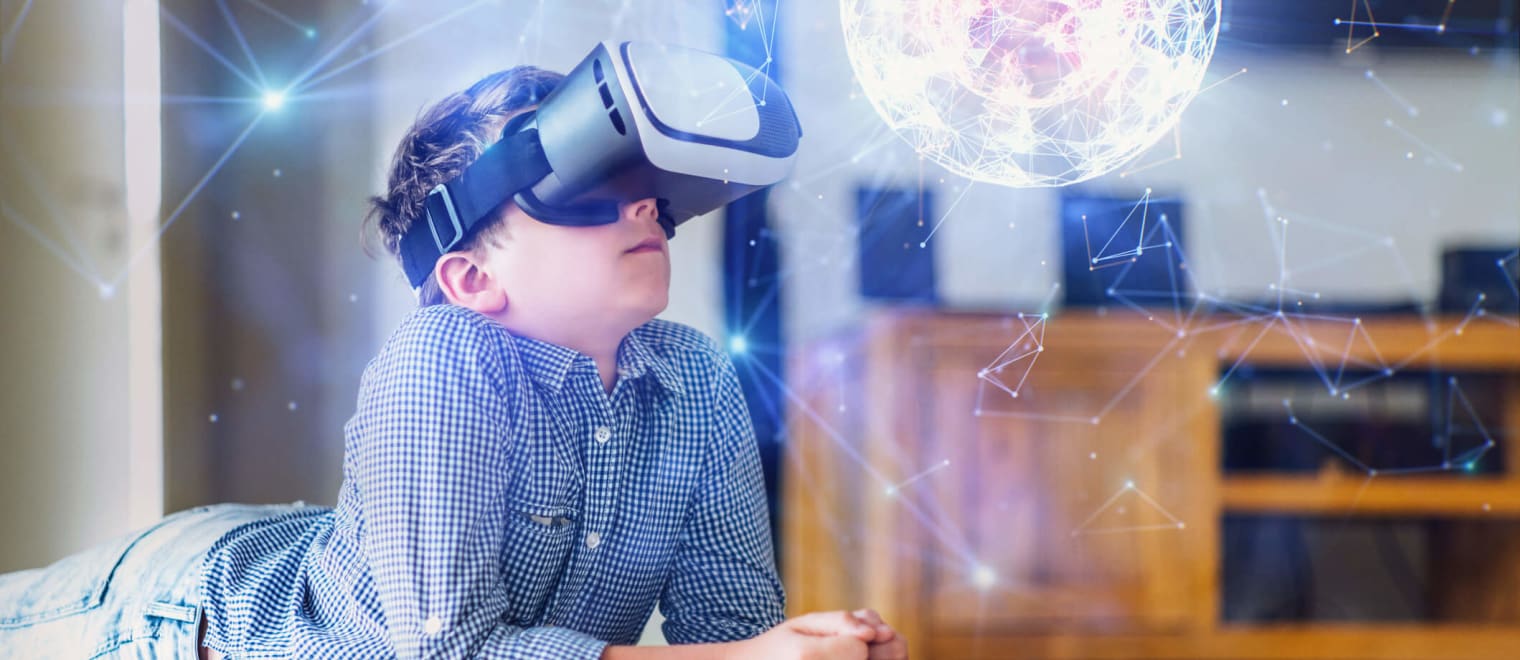This informal CPD article, ‘Empowering Neurodiverse Learners through Virtual Environments and Scenarios’, was provided by LEVRA, who coach Human Skills in the workplace using innovative technologies including virtual reality (VR). Their mission is to equip young professionals with the interpersonal communication skills essential for individuals to succeed and businesses to thrive.
In recent years, technology has emerged as a powerful tool in education and professional development. Virtual Reality (VR) in particular, with its immersive nature and ability to create controlled, customisable environments make it particularly valuable for neurodiverse individuals as a game-changer in providing accessible, engaging, and effective educational experiences.
Understanding Neurodiversity and Learning Disabilities
Neurodiversity encompasses a range of neurological differences, including autism spectrum disorders, ADHD, dyslexia, and other cognitive variations. Learning disabilities, while sometimes overlapping with neurodiversity, specifically refer to difficulties in acquiring and processing information. Both groups often face challenges in traditional learning environments, typically lack the flexibility to accommodate diverse cognitive styles and sensory needs.
The Unique Advantages of VR for Diverse Learners
1. Immersive, Distraction-Free Learning
The immersive nature of VR can be particularly beneficial for those with attention difficulties. By blocking out real-world distractions, VR environments help learners focus on the task at hand. This enclosed, focused space can be especially helpful for individuals with ADHD or those who struggle with concentration in typical learning settings.
2. Multi-Sensory Learning Experiences
VR offers multi-sensory learning experiences that can cater to different learning styles. For example, visual learners can learn better from the rich 3D visualisations. This multi-modal approach to learning can help reinforce concepts and improve retention for diverse learners.
3. Safe Space for Practice and Repetition
For many neurodiverse individuals, the fear of making mistakes in front of others can be a significant barrier to learning. VR provides a safe, judgment-free environment where learners can practice skills repeatedly without the anxiety of public failure or scrutiny. This is particularly valuable for developing social skills (what we at LEVRA call Human Skills), practicing job interviews, or mastering challenging workplace situations.
4. Adaptive Learning Pacing
VR learning programmes can be designed to adapt to individual learning paces. This flexibility is crucial for those with learning disabilities who may need more time to process information or require frequent breaks. Learners can progress at their own speed, revisiting concepts as needed without feeling rushed or left behind.
5. Gamification and Engagement
Many VR learning experiences incorporate elements of gamification, which can be highly engaging for neurodiverse learners. Game-like features such as rewards, progress tracking, and interactive challenges can increase motivation and make the learning process more enjoyable.
6. Real-World Skill Transfer
VR allows for the simulation of real-world scenarios in a controlled environment. This can be particularly beneficial for individuals who struggle with applying skills learned in traditional settings. By practicing in realistic virtual environments, learners can more easily transfer skills to real-life situations.
Case Studies and Research
Emerging research supports the effectiveness of VR in education for neurodiverse individuals. A study published in the Journal of Autism and Developmental Disorders found that VR-based social skills training for autistic individuals led to significant improvements in social cognition and functioning (Didehbani et al, 2016). Another study in the International Journal of Environmental Research and Public Health demonstrated the potential of VR in enhancing cognitive abilities in children with ADHD (Bioulac, 2012).
The Future of Inclusive Learning
As VR technology continues to evolve, its potential for creating inclusive, effective learning experiences for neurodiverse individuals and those with learning disabilities is immense. By providing customisable, immersive, and engaging learning environments, VR has the power to level the playing field in education and professional development. The integration of VR in educational and training programmes represents a significant step towards more inclusive and accessible learning.
We hope this article was helpful. For more information from LEVRA, please visit their CPD Member Directory page. Alternatively, you can go to the CPD Industry Hubs for more articles, courses and events relevant to your Continuing Professional Development requirements.
References
- Didehbani, N., Allen, T., Kandalaft, M., Krawczyk, D., & Chapman, S. (2016). Virtual reality social cognition training for children with high functioning autism. Computers in Human Behavior, 62, 703-711.
- Bioulac, S., Lallemand, S., Rizzo, A., Philip, P., Fabrigoule, C., & Bouvard, M. P. (2012). Impact of time on task on ADHD patient's performances in a virtual classroom. European Journal of Paediatric Neurology, 16(5), 514-521.













